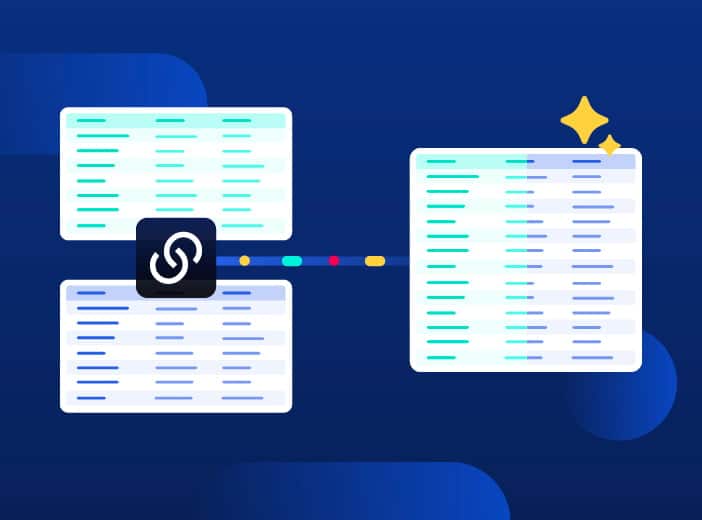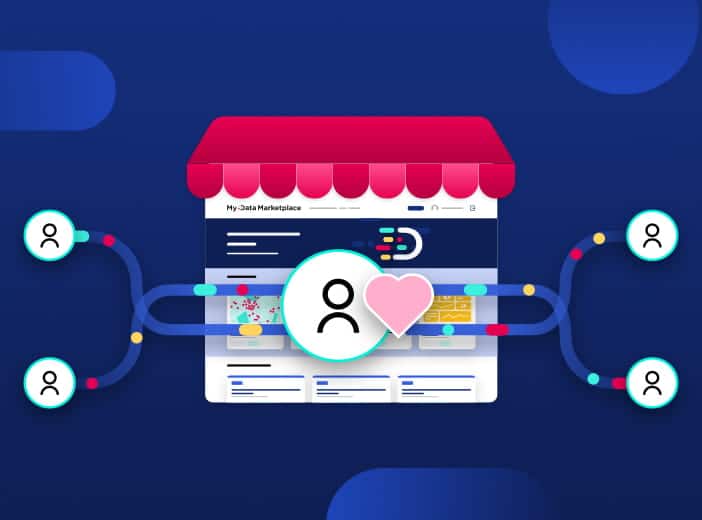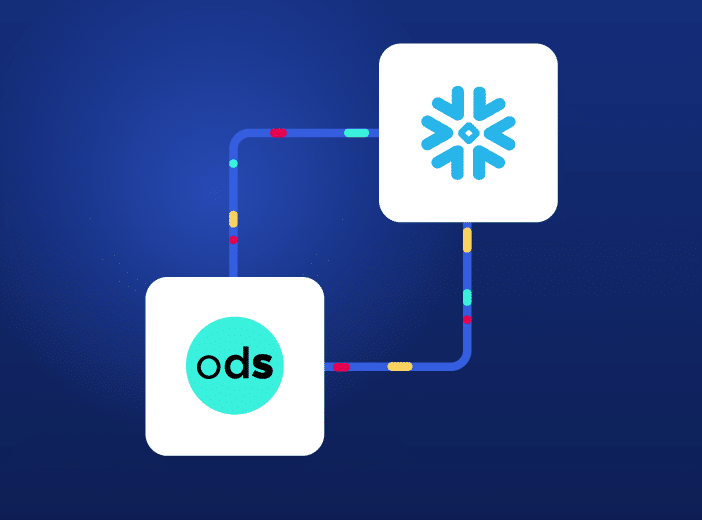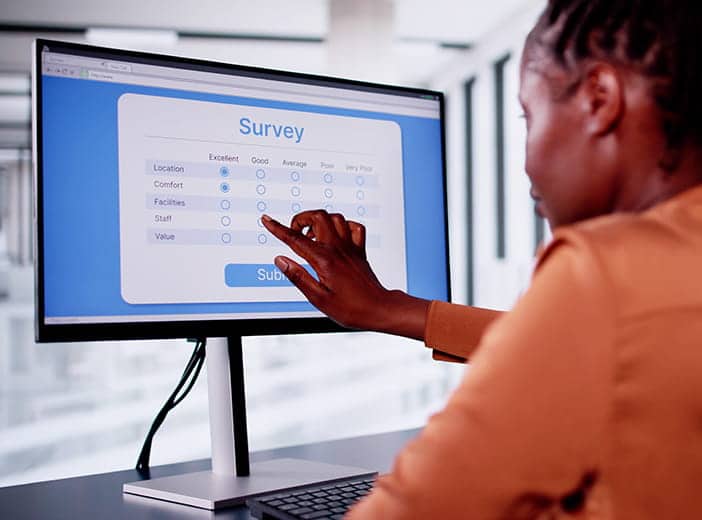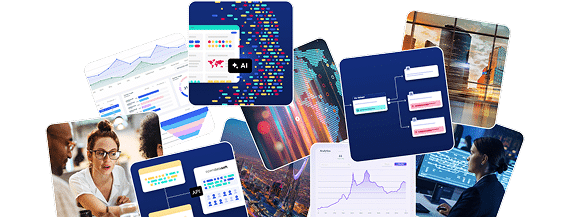Filter by category
Search by keyword
Generating value from data through a data product marketplace
Data product marketplaces empower businesses and data leaders with the ability to industrialize data sharing and consumption to create data value. We look at the key foundations you need to put in place to ensure your data product marketplace successfully generates value, increases usage and drives ROI.
Data custodians and data stewards – understanding the differences
08 July 2025
7 min read
Opendatasoft boosts data enrichment, even when using the largest reference sources
30 June 2025
4 min read
Successfully scaling data products – best practice from McKinsey
24 June 2025
6 min read
Combining data mesh and data fabric to drive greater data consumption
17 June 2025
7 min read
Delivering long-term data product success – lessons from Gartner
20 May 2025
8 min read
How energy data marketplaces drive ROI and financial benefits
13 May 2025
7 min read
Increasing data collection and driving collaboration through built-in forms
06 May 2025
6 min read
5 best practices for creating a business glossary for business teams
29 April 2025
5 min read



